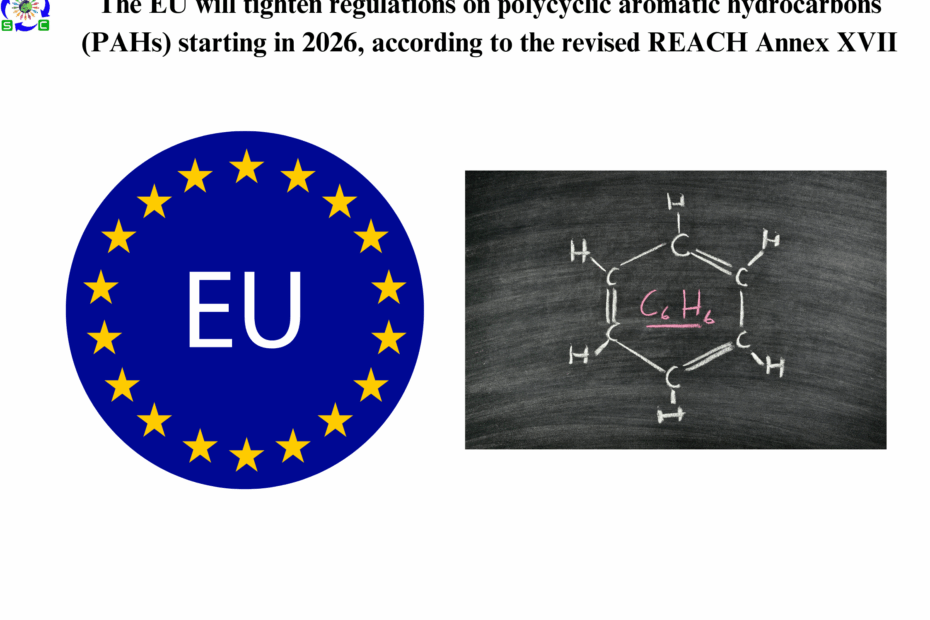 The European Commission amended Annex XVII of the REACH Regulation (EC) No 1907/2006 concerning the Registration, Evaluation, Authorization, and Restriction of Chemicals (EU REACH) on April 1, 2025, with the publication of Regulation (EU) 2025/660. Polycyclic aromatic hydrocarbons (PAHs) in clay targets used for shooting are especially addressed in the amendment.
The European Commission amended Annex XVII of the REACH Regulation (EC) No 1907/2006 concerning the Registration, Evaluation, Authorization, and Restriction of Chemicals (EU REACH) on April 1, 2025, with the publication of Regulation (EU) 2025/660. Polycyclic aromatic hydrocarbons (PAHs) in clay targets used for shooting are especially addressed in the amendment.
Background
Because of their carcinogenicity, persistence, bioaccumulative and toxic (PBT) qualities, as well as their very persistent and very bioaccumulative (vPvB) traits, PAHs are categorized as hazardous compounds. Article 50 of REACH Annex XVII restricts the amount of PAHs in specific combinations and products in order to safeguard both human health and the environment. Additionally, binders like coal tar pitch, high-temperature petroleum pitch, and other resins that are utilized in clay targets contain PAHs. The manufacturing and usage of clay targets is thought to discharge at least 270 tons of PAHs into the environment each year, raising environmental loads and the risk of human exposure.
Regulatory Measures
-
Limitations: Clay targets with a total of 18 indicated PAHs that exceed 0.005% of dry weight (50 mg/kg) will not be allowed to be utilized or sold as of April 22, 2026.
-
Transition Period: In order to prevent supply chain interruptions, clay targets containing PAHs up to 1% of dry weight may still be produced or used for a full year following the regulation’s implementation (22 April 2025 to 22 April 2026).
-
Other options: With an anticipated yearly cost of €3.4 million, low-PAH and PAH-free alternative binders are already reasonably priced.
List of 18 Indicative PAHs:
-
Acenaphthene, CAS No 83-32-9, EC No 201-469-6
-
Acenaphthylene, CAS No 208-96-8, EC No 205-917-1
-
Anthracene, CAS No 120-12-7, EC No 204-371-1
-
Benzo[a]anthracene, CAS No 56-55-3, EC No 200-280-6
-
Benzo[a]pyrene, CAS No 50-32-8, EC No 200-028-5 (Benzo[def]chrysene)
-
Benzo[b]fluoranthene, CAS No 205-99-2, EC No 205-911-9 (Benzo[e]acephenanthrylene)
-
Benzo[e]pyrene, CAS No 192-97-2 EC, No 205-892-7
-
Benzo[ghi]perylene, CAS No 191-24-2, EC No 205-883-8
-
Benzo[j]fluoranthene, CAS No 205-82-3, EC No 205-910-3
-
Benzo[k]fluoranthene, CAS No 207-08-9, EC No 205-916-6
-
Chrysene, CAS No 218-01-9, EC No 205-923-4
-
Dibenzo[a,h]anthracene, CAS No 53-70-3, EC No 200-181-8
-
Fluoranthene, CAS No 206-44-0, EC No 205-912-4
-
Fluorene, CAS No 86-73-7, EC No 201-695-5
-
Indeno[1,2,3cd]pyrene, CAS No 193-39-5, EC No 205-893-2
-
Naphthalene, CAS No 91-20-3, EC No 202-049-5
-
Phenanthrene, CAS No 85-01-8, EC No 201-581-5
-
Pyrene, CAS No 129-00-0, EC No 204-927-3
An important step in the EU’s efforts to manage persistent pollutants is this rule. It is anticipated that the actions will result in a 99% reduction in PAH emissions, greatly reducing the hazards to human health and the environment.
Stay ahead in sustainability compliance with Global PCCS —where expert insights meet the latest regulations. Unlock a future where compliance fuels sustainability, helping your business thrive in a greener, well-regulated world. For more information, contact us at info@globalpccs.com








 Authorised IMDS & CDX Training & Consulting partner for
Authorised IMDS & CDX Training & Consulting partner for






